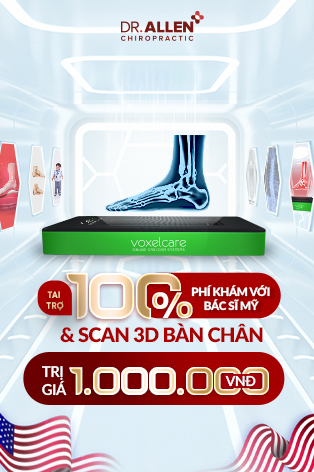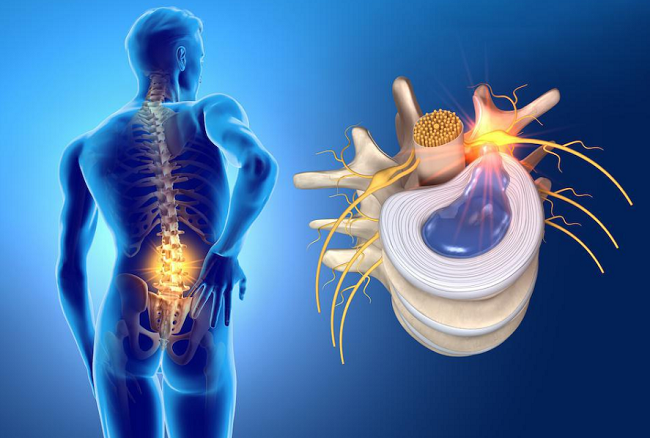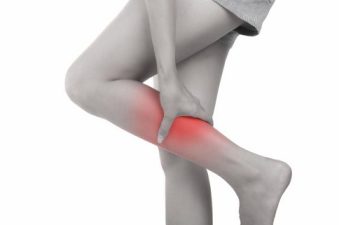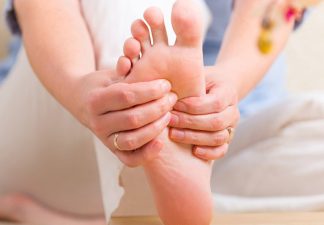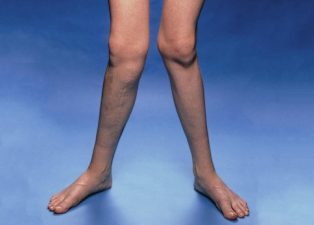Lumbar spondylosis, a term that might sound complex, is a common condition many of us may encounter as we age. This degenerative spinal condition affects the lower back, especially the lumbar region. Using the provided keywords, let’s dive deep and simplify lumbar spondylosis for you.
1. What is Lumbar Spondylosis?
Lumbar spondylosis refers to the age-related wear and tear of the spinal discs in the lumbar region (lower back). This degeneration can lead to a reduced cushion between the vertebrae, causing stiffness, pain, and other related symptoms.
2. ICD 10 Code for Lumbar Spondylosis
For medical professionals, the ICD-10 code for lumbar spondylosis is essential for diagnosis, treatment, and insurance purposes. The ICD-10 code for lumbar spondylosis without myelopathy or radiculopathy is M47.817.
3. Meaning of Lumbar Spondylosis
The term ‘lumbar’ relates to the lower part of the spine, while ‘spondylosis’ denotes degenerative changes. Together, lumbar spondylosis describes the degenerative conditions affecting the lower spine’s vertebrae and discs.
4. Lumbar Spondylosis L4-L5
L4-L5 refers to the area between the fourth and fifth lumbar vertebrae. This is a common site for spondylosis to occur, often manifesting as disc degeneration, bone spurs, or herniated discs.
5. Lumbar Spondylosis Images
Medical imaging, such as X-rays, MRI, or CT scans, can provide clear visuals of the degenerative changes happening in the lumbar spine. These images are invaluable for diagnosis and treatment planning.
6. Causes of Lumbar Spondylosis
Age is a primary factor, but other causes can include:
- Genetic predisposition
- Prior injuries to the spine
- Repetitive strain from certain activities or occupations
- Obesity, which puts added strain on the back
7. Lumbar Spondylosis Symptoms
Symptoms can vary from person to person. Common ones include:
- Chronic lower back pain
- Stiffness in the back, especially after waking up
- Radiating pain to the buttocks or legs
- Muscle weakness or numbness in the legs
8. Spondylosis Back & Lower Back
When we talk about ‘spondylosis back’ or ‘spondylosis lower back,’ we’re referring to degenerative changes that occur in the spine’s vertebral and disc structures. The focus here is the lumbar region, but spondylosis can also affect other areas like the cervical (neck) or thoracic (mid-back) regions.
In Conclusion, lumbar spondylosis, while a natural part of aging, doesn’t mean a life of pain and limited mobility. With an understanding of its causes, symptoms, and appropriate interventions, many can lead a comfortable and active life. Always consult with healthcare professionals to get a clear diagnosis and treatment plan tailored to your needs.

